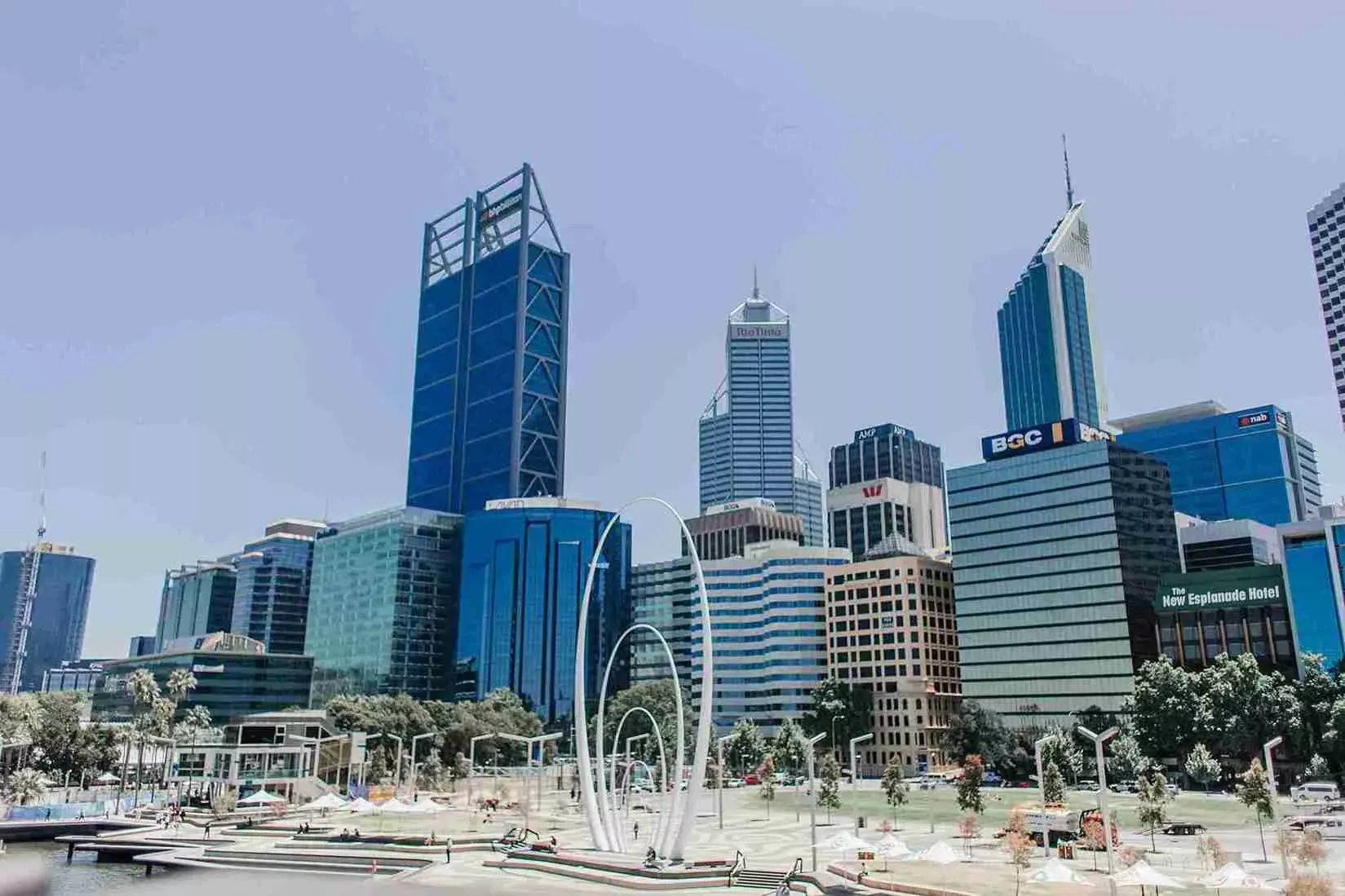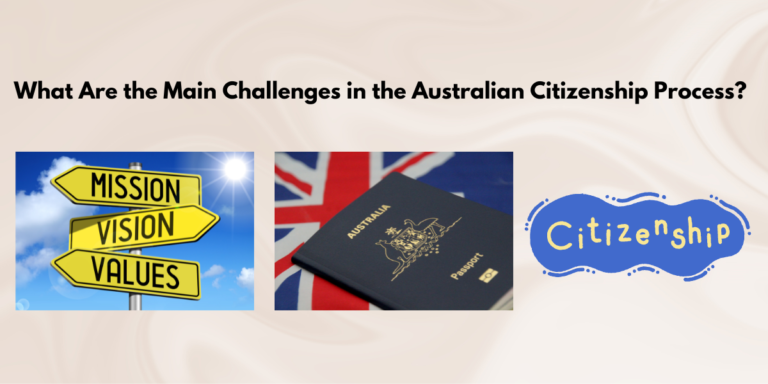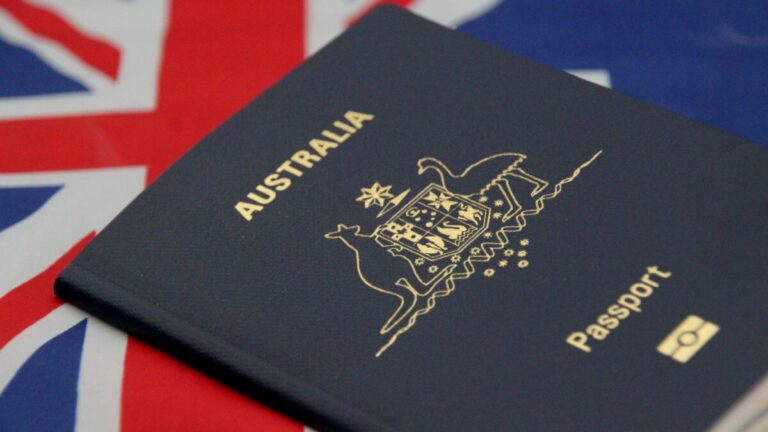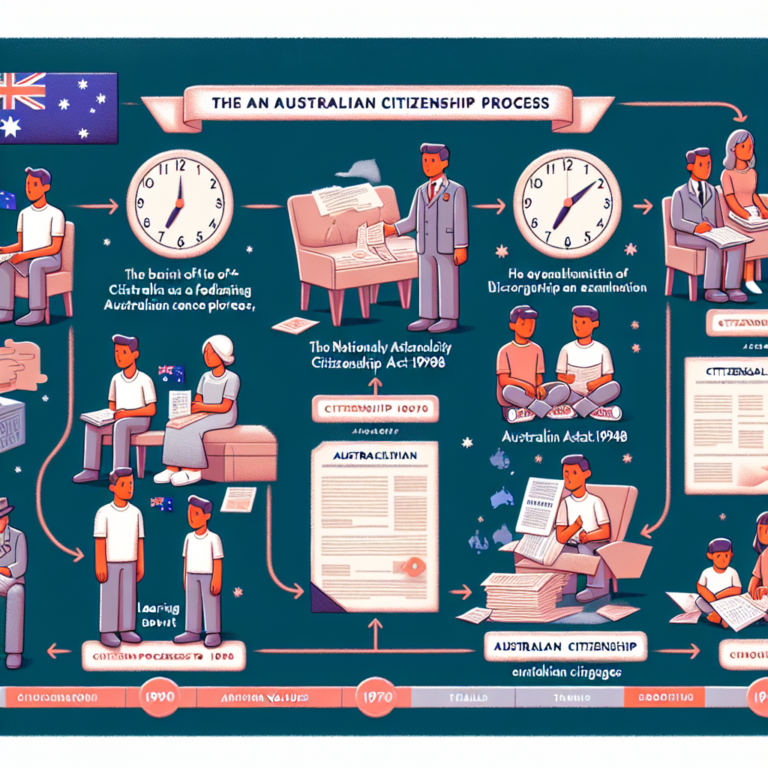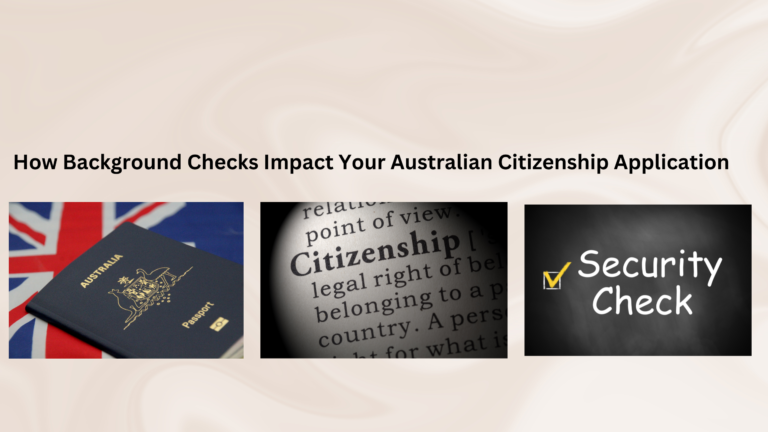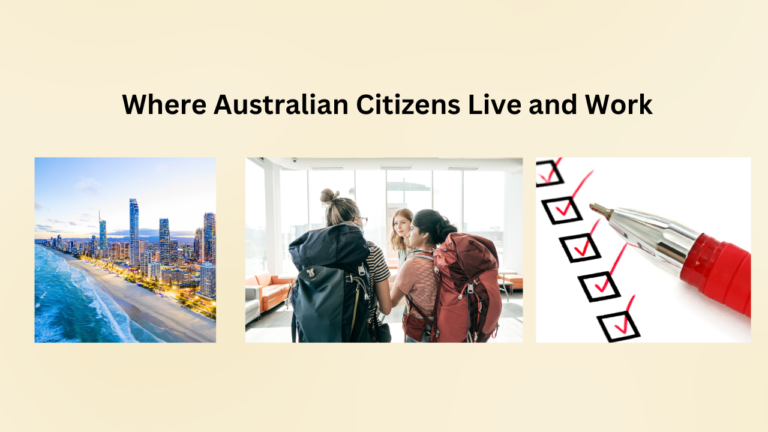Unveiling the Easiest Australian State for Securing Permanent Residency
Are you contemplating the idea of relocating to Australia and securing permanent residency? If so, you’re likely aware that the Land Down Under offers a variety of opportunities and pathways for individuals seeking to make Australia their long-term home. However, navigating the complexities of the Australian immigration system can be daunting, especially when trying to determine which state offers the most straightforward route to permanent residency (PR).
Australia’s immigration system is known for its stringent requirements and meticulous evaluation processes. While the overarching guidelines for obtaining permanent residency remain consistent across the country, certain states may offer unique advantages or pathways that make the journey smoother for aspiring migrants. Let’s delve into the factors that influence the ease of securing PR in different Australian states.
1. Skilled Occupation Lists:
One of the primary pathways to permanent residency in Australia is through skilled migration. Each state maintains its own Skilled Occupation Lists (SOL) or State Nomination Occupation Lists, which outline the occupations in demand within that particular state. Some states may have occupations listed that are not available in others, providing applicants with more opportunities to qualify for state nomination and subsequently, PR.
2. State Nomination Programs:
Many Australian states and territories have their own nomination programs designed to address specific skill shortages within their jurisdictions. These programs allow state governments to nominate skilled migrants who possess the qualifications and experience needed in key sectors of their economy. States with more relaxed nomination criteria or higher demand for certain occupations may offer a smoother pathway to PR for eligible candidates.
3. Population and Regional Development Policies:
States and territories in Australia vary significantly in terms of population density and regional development priorities. Some states actively encourage migrants to settle in regional areas by offering additional incentives or relaxed visa requirements. As a result, obtaining PR in certain regional areas may be more straightforward compared to metropolitan areas where competition for visas and residency status is typically higher.
4. Processing Times and Backlogs:
The processing times for visa applications can vary depending on the state or territory where the application is lodged. States with efficient processing systems and lower application backlogs may offer quicker turnaround times for visa approvals, reducing the overall waiting period for permanent residency. Applicants may find it advantageous to explore states with streamlined immigration processes to expedite their journey to PR.
5. State-Specific Policies and Initiatives:
Beyond the federal immigration framework, some states implement their own policies and initiatives aimed at attracting skilled migrants and facilitating their transition to permanent residency. These may include sponsorship programs, regional migration agreements, or initiatives to support the settlement and integration of newcomers into local communities. States with robust support systems in place may offer a more welcoming environment for migrants seeking PR.
So, Which State is the Easiest to Get PR in Australia?
While it’s challenging to pinpoint a single state as the unequivocal “easiest” for obtaining permanent residency in Australia, certain regions may present more favorable circumstances depending on individual circumstances and preferences. For instance, Tasmania and South Australia are often cited for their relatively relaxed nomination criteria and efforts to attract skilled migrants to bolster their economies.
However, the ease of obtaining PR ultimately depends on various factors, including an applicant’s occupation, qualifications, work experience, English proficiency, and eligibility for state nomination or sponsorship. Additionally, personal preferences such as lifestyle, employment opportunities, and support networks should also be taken into account when considering where to settle in Australia.
In conclusion, while some Australian states may offer smoother pathways to permanent residency than others, the decision to migrate and pursue PR should be based on careful consideration of all relevant factors. Consulting with migration experts or seeking advice from reputable sources can help applicants navigate the complexities of the immigration process and make informed decisions about their future in Australia.

